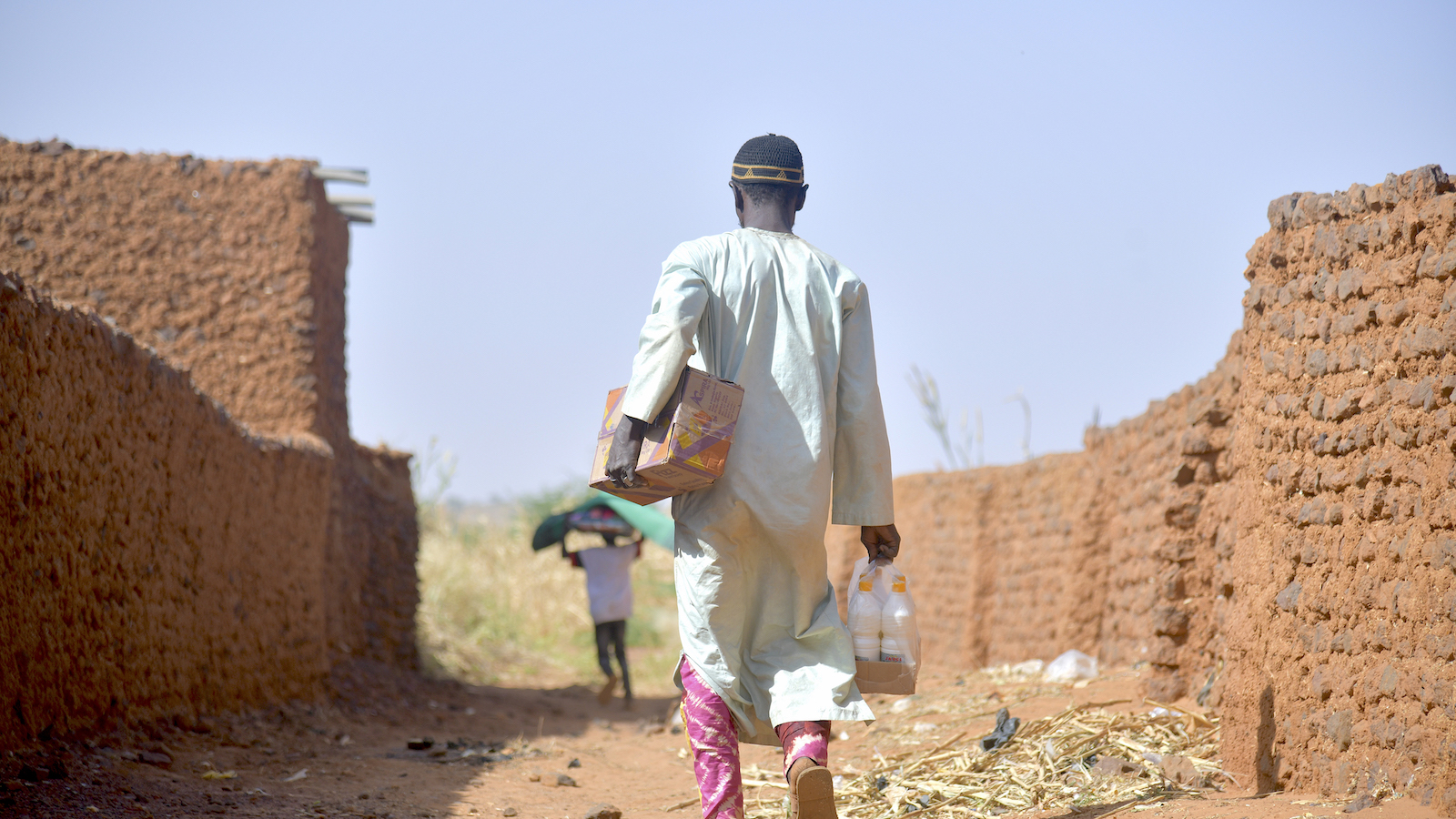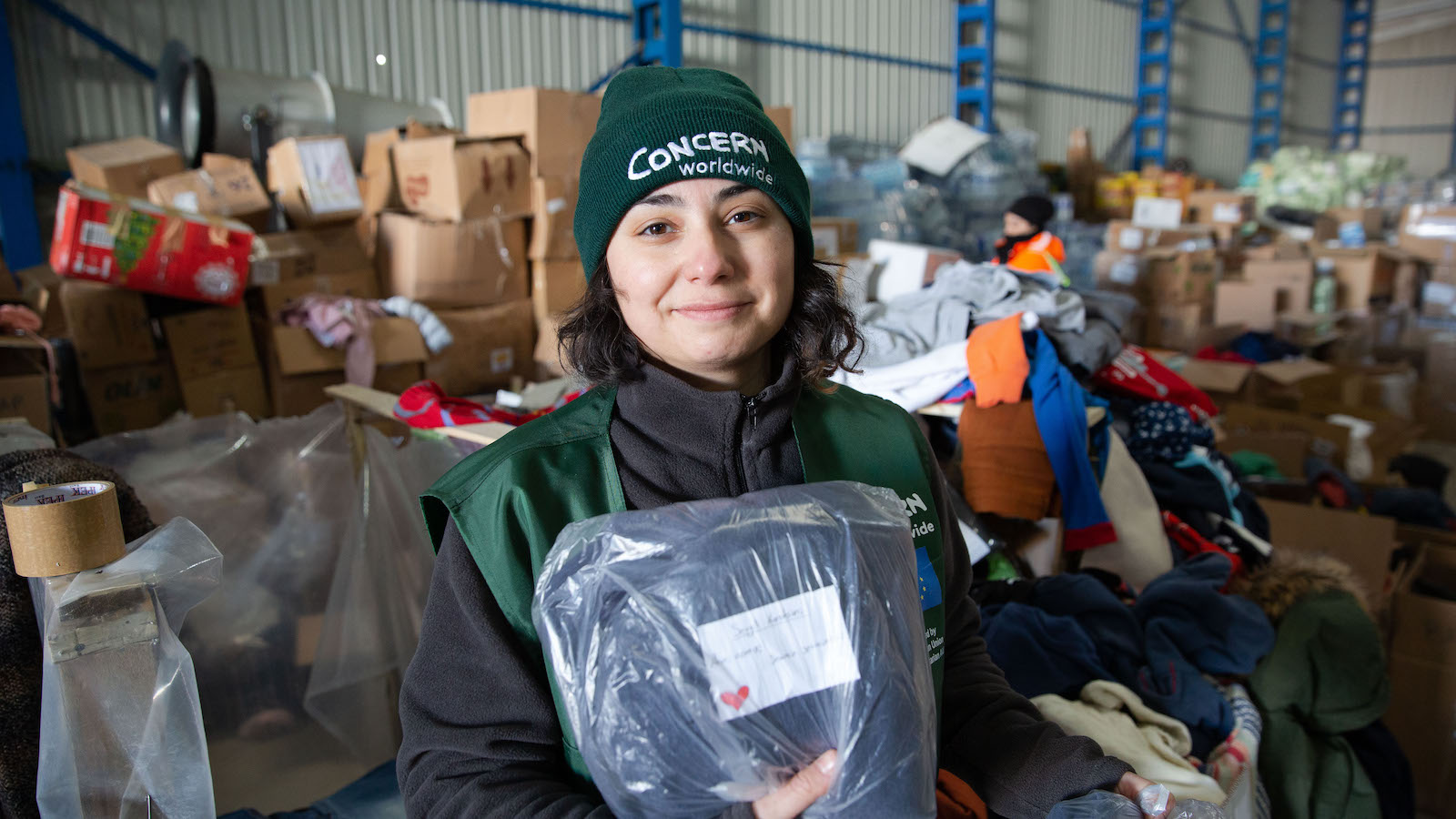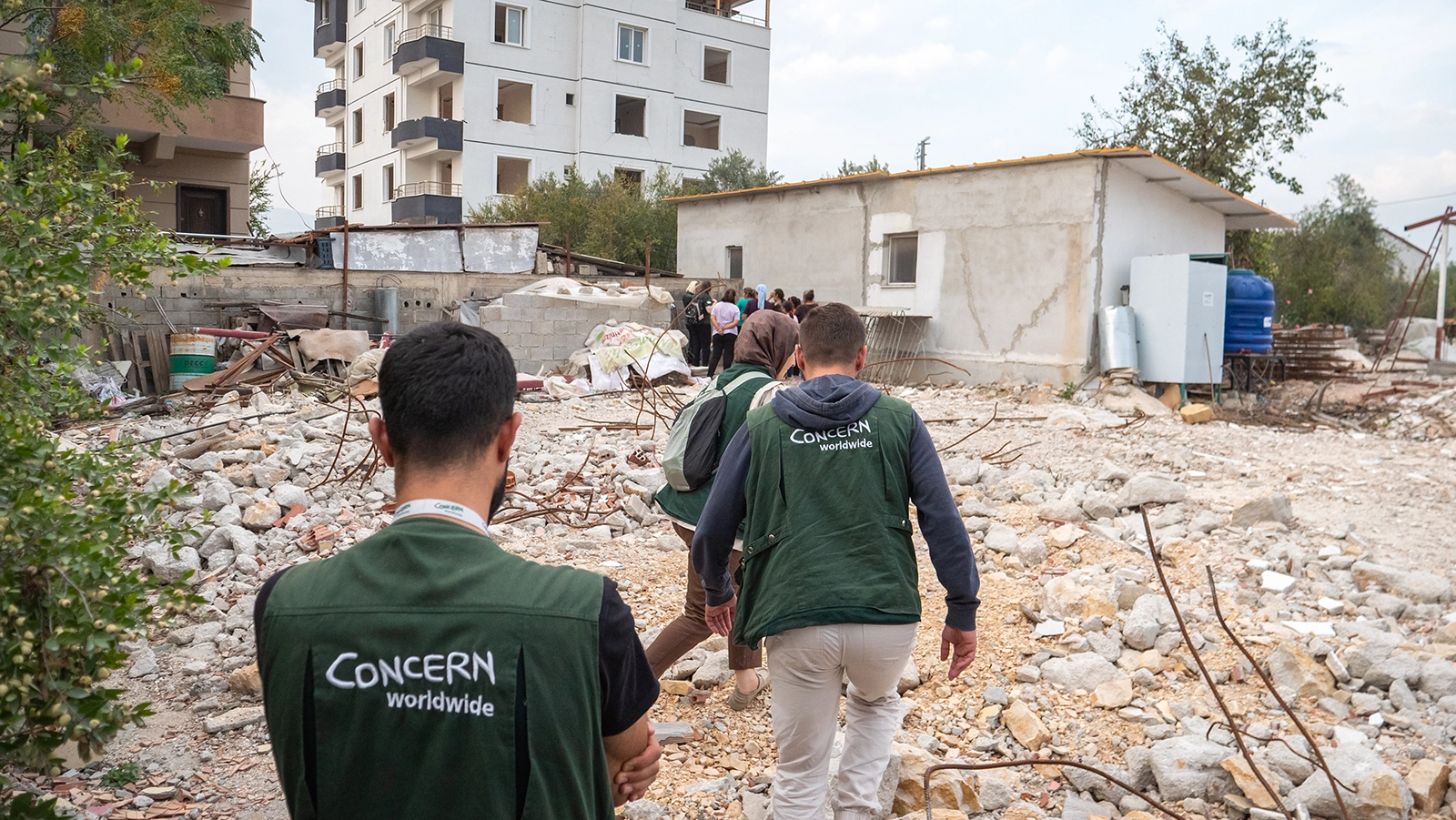Call it donor fatigue, empathy burnout, or compassion fatigue, it all leads to humanitarian crises becoming forgotten — and much harder to resolve.
Each December, the United Nations Office for the Coordination of Humanitarian Affairs (OCHA) publishes the Global Humanitarian Overview, the most comprehensive and evidence-based assessment of humanitarian need.
The GHO is also where the UN sets its budgets as well as targets for how many people they hope to reach with humanitarian aid in the year ahead. In recent years, those figures have gone down, as have the number of people targeted for assistance by the UN. However, that doesn’t mean that things are getting better.
The necessary support from the international community is not keeping pace with the needs. — Martin Griffiths - Former Under-Secretary-General for Humanitarian Affairs, UNOCHA
The UN’s emergency response budgets aren't based on money that they have on hand. The figures attached to each crisis represent an appeal for the requested amount to be funded by donors. “The necessary support from the international community is not keeping pace with the needs,” said the UN’s former Under-Secretary-General for Humanitarian Affairs Martin Griffiths in December, 2023.
At the end of 2023, the budget requested for the year ($51.5 billion) had only been 20% funded. Had it been fully met, the UN would have still only been able to reach 67% of those who required humanitarian assistance for the year. “If we cannot provide more help in 2024, people will pay for it with their lives,” added Griffiths.

Humanitarian funding is hitting record lows relative to needs
In fact, the amount of humanitarian funding reported in the last quarter of 2023 had been the lowest since 2019, and the funding gap had increased. The 2022 global humanitarian response had received 50% of its requested funding, and was only $5 billion less than what had been requested for 2023.
“Despite significant efforts to address the surge in humanitarian needs, the disparity between the needs and the requirements reached an unprecedented level of $35 billion in unmet appeal requirements,” the UN wrote in January 2024.
They’ve responded in turn with a more conservative outlook for 2025, at a time where need is hitting record highs. Compared to 2023’s goal of reaching 230 million people for $51.5 billion, in 2025 the UN has budgeted for $47.43 billion to reach 189.5 million people. These are, in the words of OCHA’s new Under-Secretary-General for Humanitarian Affairs and Emergency Relief Coordinator Tom Fletcher, “the toughest choices, with real human costs.”
A crisis of crisis fatigue
This phenomenon is known in the nonprofit sector as “donor fatigue.” It’s a situation where people who have donated to NGOs in the past no longer do so. On a larger scale, it’s also when larger donors (including governments and organizations) don’t meet the calls for funding put out by NGOs to the international community.
But what donor fatigue really signals is crisis fatigue. Also known as compassion fatigue (a term that was first used in response to the 1968 Biafran famine, the same event that led to the founding of Concern), it’s the moment that people tune out news relating to an individual crisis — or crises in general — after being exposed to news about that crisis too much.
This is an understandable response: We can only take so much exposure to pain and suffering before we have to build up a defense against it. This is one reason why compassion fatigue is also commonly experienced by nurses, humanitarian aid workers, and other caregivers who work up-close with suffering on a daily basis. Crisis fatigue itself becomes a crisis when it comes to minimizing the impact of humanitarian crises.
Despite rigorous efforts to define and prioritise assistance, underfunding has forced us to scale back operations, and make the toughest choices, with real human costs. — Tom Fletcher, Under-Secretary-General for Humanitarian Affairs and Emergency Relief Coordinator, UNOCHA
Humanitarian crises are longer (and more complex) than ever
To use Biafra as an example, the war that led to the famine lasted from July 1967 to January 1970 — a period of roughly two and-a-half years. In that time, an estimated 2 to 4.5 million people were displaced. The average crisis now, according to the UN, lasts ten years.
Let’s compare this with Syria which marked 12 years of conflict in 2023. That year, the UNHCR recorded 13.8 million Syrians displaced (7.2 million internally, 6.5 million as refugees and asylum-seekers). Over a decade of violence and instability had destroyed much of the country’s infrastructure, and left civilians even more vulnerable when a massive earthquake struck the country’s northwestern regions.
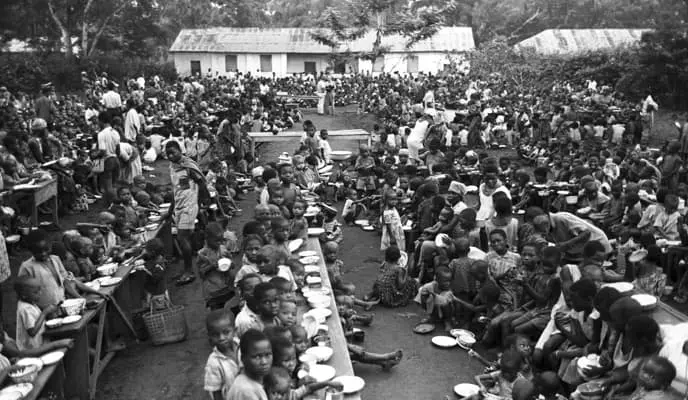
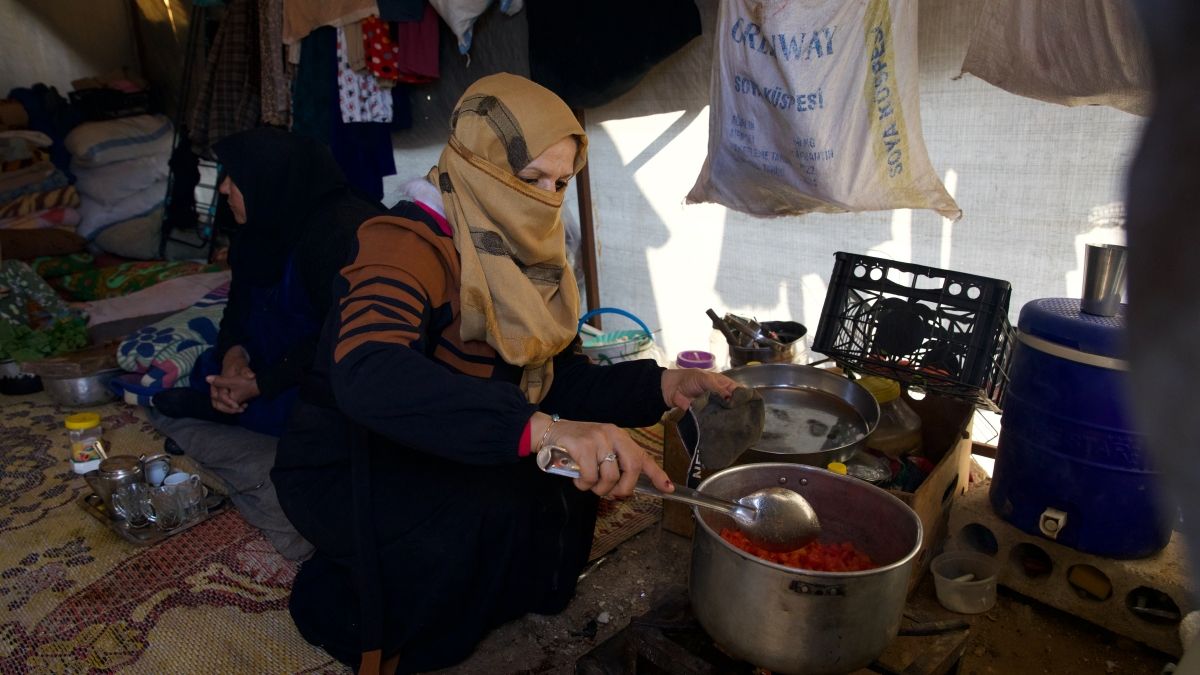
In the humanitarian sector, situations like this have become known as complex emergencies. “The longer an emergency lasts, the more complex it can become,” says Kirk Prichard, Vice President of Programs for Concern. “The more variables that are involved, the more unpredictable a situation becomes — and the harder it is to resolve.”
At a time where the climate crisis is deepening and countries in conflict are losing infrastructure and other resources to cope with unplanned shocks, one emergency piles on top of another, creating a house of cards that becomes more vulnerable the more time goes on and things pile up.
“And the longer they last, the bleaker the prospects,” adds the UN’s Tom Fletcher. “Life expectancy drops, vaccination rates plummet, education suffers, maternal mortality skyrockets, and the specter of famine grows.”
The longer an emergency lasts, the more complex it can become. The more variables that are involved, the more unpredictable a situation becomes — and the harder it is to resolve. — Kirk Prichard, Vice President of Programs, Concern Worldwide US
A vicious cycle
While the average crisis now lasts ten years, that doesn’t mean that individuals, media outlets, or funding organisations are able to keep up.
Looking at another protracted crisis in the Central African Republic, which has gone on now for nearly 13 years, coverage of the country in western media has been sporadic despite the daily suffering. As of December 11, 2024, The Guardian published only four stories that touch on the crisis this year. The New York Times published just one. Few of these pieces focus on the impacts faced by civilians, particularly the most vulnerable (who bear the brunt of most crises).
Yet the more these countries stay out of the headlines, the more they become forgotten crises, which is another way of saying that they become underfunded crises. As of December 11, 2024, OCHA’s website lists this year’s budget for humanitarian response in the Central African Republic ($367.7 million USD) as only 60% met.
At the same time, too many headlines can also hurt a crisis. The International Red Cross and Red Crescent has warned: “As hunger emergencies hit the headlines, the risk of crisis fatigue is high.” Basically, too little exposure and we forget a crisis is happening. Too much exposure, and it seems like the crisis will always be happening no matter what we do to help.

NGOs can’t solve everything — but that doesn’t mean we can’t do anything
The main issue with most humanitarian crises today is that, as Concern’s Kirk Prichard says, they can’t be solved by NGOs. “We can only tackle the immediate humanitarian needs,” he says, likening the work done by Concern to “unfortunately more of a band-aid than they are a suture.”
However, that doesn’t discount the humanitarian response in these contexts. The famine in Biafra triggered by the war, for example, killed as many as 2 million people. Humanitarian intervention helped to save lives in the moment, and longer-term innovations, like Community Management of Acute Malnutrition, have helped to reduce the overall fatality rate in famines and famine-like situations.
Last year in the Central African Republic, Concern’s emergency response included distributing nearly 700 metric tonnes of food which reached 52,000 people in urgent need. We also reached over 45,000 people with programs that incorporated livelihood development, conflict resolution, and health and nutrition components (among others). That may seem like a drop in the bucket next to the 2.4 million Central Africans facing hunger in the country, but behind every number is a human being, and we don’t take that for granted.
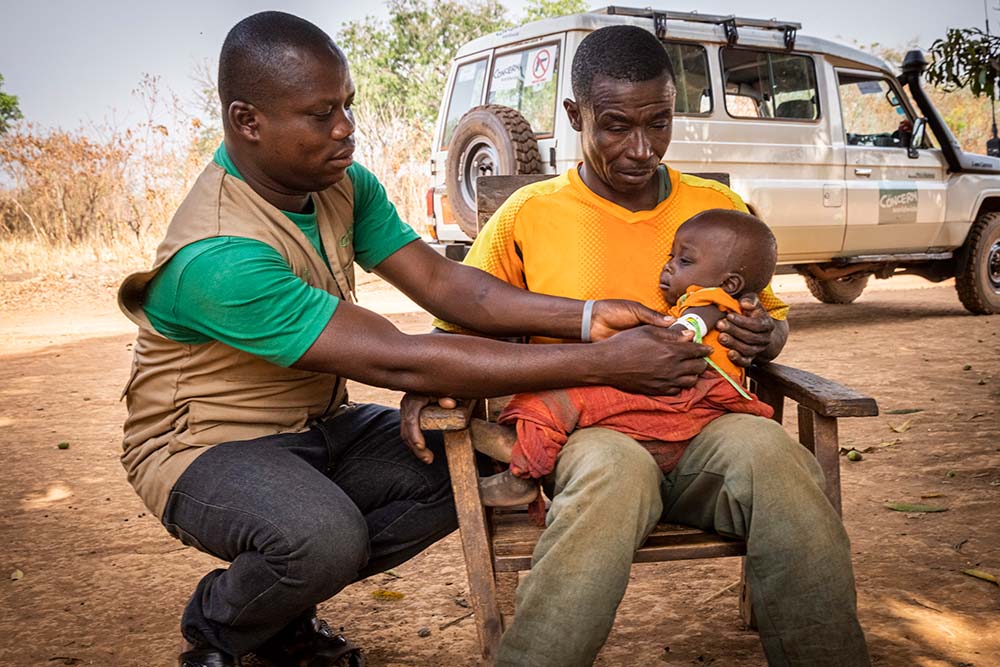
So what can be done?
To begin with, the international community must step up to the plate and honor its moral and financial commitments to the countries and people hit hardest by these crises. Increased funding will help to bring these crises to a close more quickly.
We understand that it’s not easy to keep investing, both emotionally and financially in these emergencies, but it’s what the people who are directly impacted by these crises must do every day. What’s more, investing in foreign aid is investing in our own domestic prosperity and security.
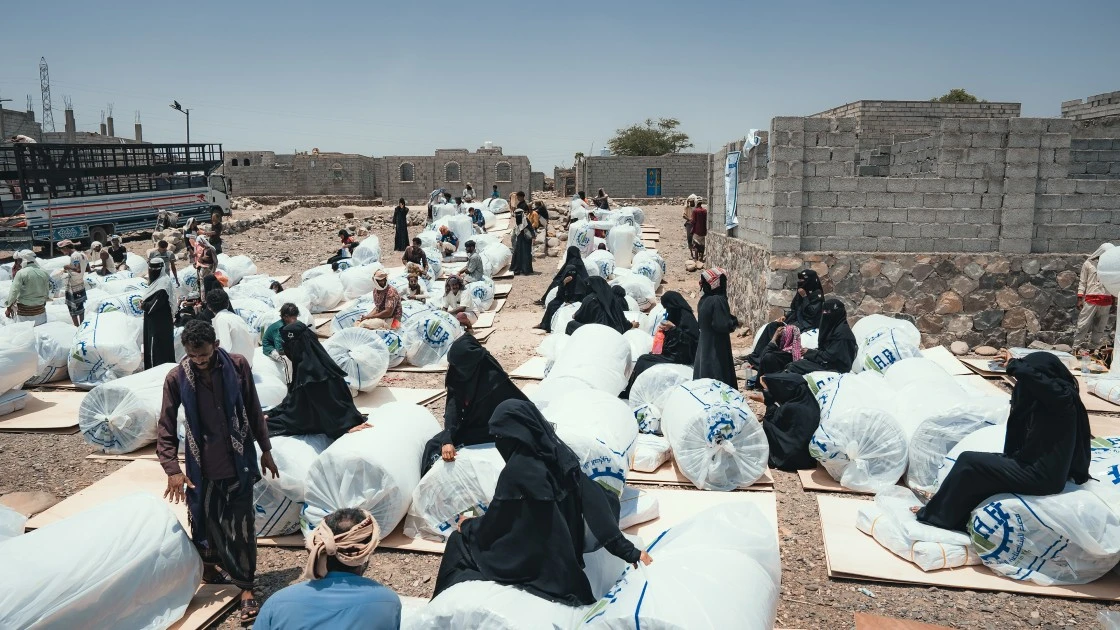
Ultimately, conflict, poverty, hunger, and climate change are all issues that require political action to be sustainably resolved. But in the meantime, we’re ready to continue working with communities to build up their reserves against current challenges, plan for the road to recovery, and ensure their resilience over whatever emergencies may happen in the future.
You also play a key part in this with your individual support for Concern. In our work, we see how time and again individual actions can lead to collective change. Learn more about how far your donation can go by clicking the button below.


